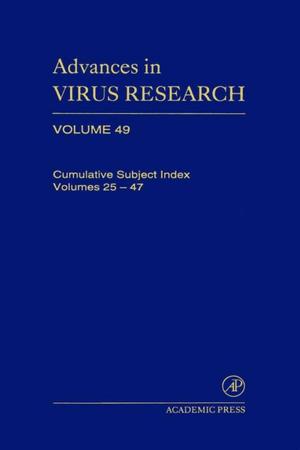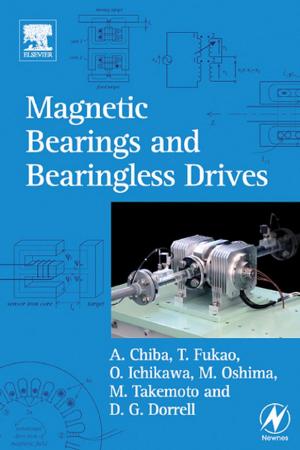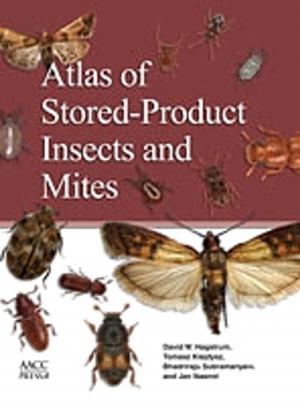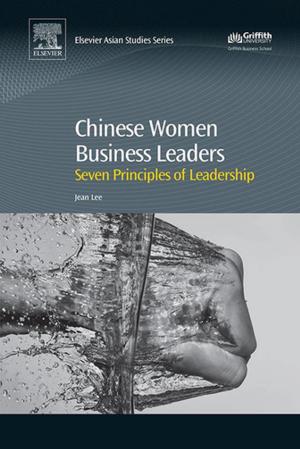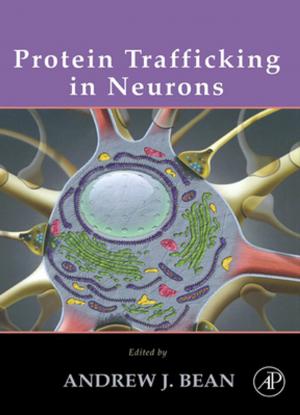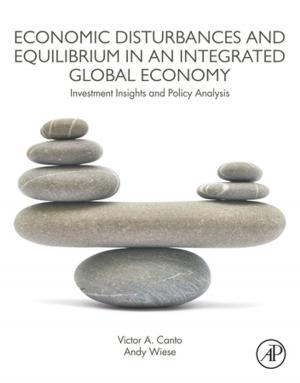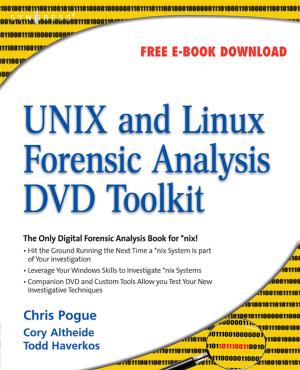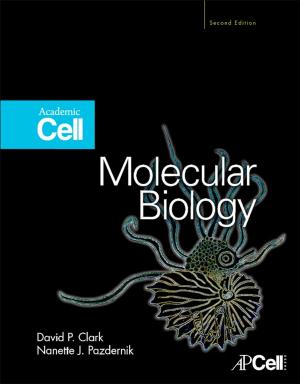Some Problems of Chemical Kinetics and Reactivity
Volume 2
Nonfiction, Science & Nature, Science, Chemistry, Physical & Theoretical| Author: | N. N. Semenov | ISBN: | 9781483184401 |
| Publisher: | Elsevier Science | Publication: | October 22, 2013 |
| Imprint: | Pergamon | Language: | English |
| Author: | N. N. Semenov |
| ISBN: | 9781483184401 |
| Publisher: | Elsevier Science |
| Publication: | October 22, 2013 |
| Imprint: | Pergamon |
| Language: | English |
Some Problems of Chemical Kinetics and Reactivity discusses two types of explosion in detail. These two types are the thermal and chain explosion. Points are also given in the book about thermal theory on a quantitative basis. The book explains that the science of combustion develops as a special branch of chemical kinetics.
The text also covers the chain ignition concept. Such concept shows that phosphorus would not ignite below some critical oxygen pressure and no traces of reaction could be detected under such condition. Another type of concept discussed in the book is the branched chain reactions. The book proves that the existence of limit phenomenon determines the practicability of using nuclear energy. Factors such as pressure, density, temperature, and vessel dimension transform inert condition to violent reaction. Formulas and computations to prove the concepts mentioned are provided in the book.
The book will provide valuable insight to nuclear physicists, scientists, students, and researchers.
Some Problems of Chemical Kinetics and Reactivity discusses two types of explosion in detail. These two types are the thermal and chain explosion. Points are also given in the book about thermal theory on a quantitative basis. The book explains that the science of combustion develops as a special branch of chemical kinetics.
The text also covers the chain ignition concept. Such concept shows that phosphorus would not ignite below some critical oxygen pressure and no traces of reaction could be detected under such condition. Another type of concept discussed in the book is the branched chain reactions. The book proves that the existence of limit phenomenon determines the practicability of using nuclear energy. Factors such as pressure, density, temperature, and vessel dimension transform inert condition to violent reaction. Formulas and computations to prove the concepts mentioned are provided in the book.
The book will provide valuable insight to nuclear physicists, scientists, students, and researchers.



